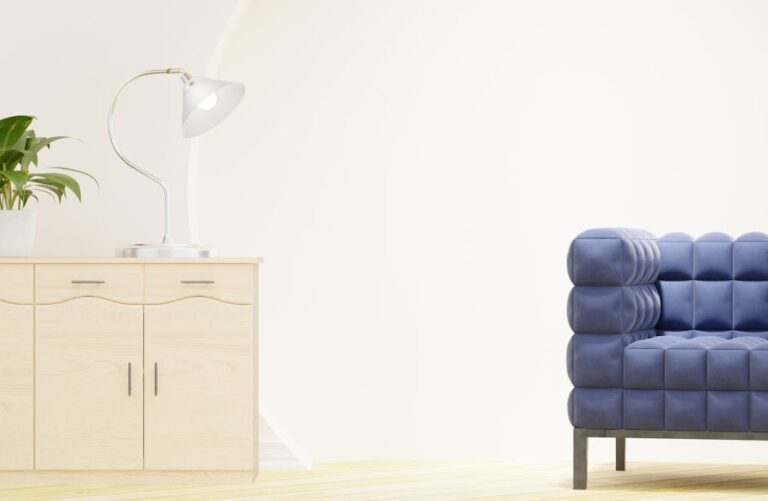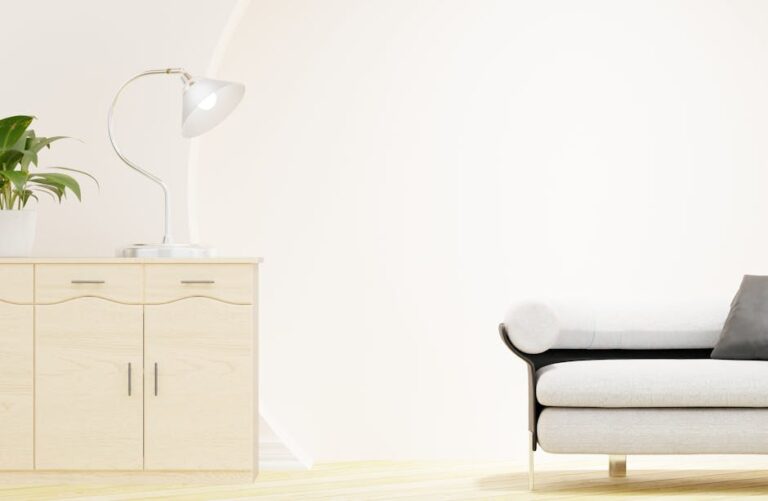
Define Your Personal Minimalism:
Minimalism isn’t a rigid, one-size-fits-all doctrine. The core principle is intentional living: focusing on what adds value to your life and eliminating what doesn’t. Before discarding possessions wholesale, ask yourself: What truly matters to me? What activities bring me joy and fulfillment? Where do I want to direct my time and energy? This self-reflection will shape your individual minimalist path. Some might prioritize decluttering physical belongings while others might concentrate on digital detox or simplifying commitments. There’s no single “right” way to be a minimalist. Authenticity and purpose are paramount.
Assess Your Current Consumption Habits:
Understanding your current relationship with possessions is crucial. Track your spending for a month. Be brutally honest. Where does your money go? Impulse buys? Subscriptions you rarely use? Analyzing your spending patterns exposes areas where you can cut back. Similarly, evaluate your time. How much time do you spend scrolling social media, watching television, or engaging in other activities that don’t contribute to your well-being? These insights are vital for identifying wasteful habits and paving the way for more intentional choices.
Start Small: The Power of Micro-Decluttering:
Overwhelmed by the thought of decluttering your entire home? Begin with small, manageable projects. Tackle one drawer, one shelf, or one category of items at a time. The “one in, one out” rule can be surprisingly effective. Each time you acquire something new, get rid of something similar. This prevents accumulation and encourages conscious consumption. Another effective strategy is the “20-minute blitz.” Set a timer for 20 minutes and focus solely on decluttering a specific area. Even short bursts of decluttering can yield significant results.
The Four-Box Method:
A practical decluttering technique is the four-box method. Designate four boxes labeled “Keep,” “Donate,” “Sell,” and “Trash.” Systematically go through your belongings, placing each item into the appropriate box. Be honest with yourself about the item’s value and usefulness. If you haven’t used it in a year and it doesn’t hold significant sentimental value, it’s likely a candidate for donation or sale. The “Trash” box is for items that are broken or unusable. Once you’ve completed the process, immediately take the “Donate,” “Sell,” and “Trash” boxes out of your home.
Digital Minimalism: Declutter Your Online Life:
Our digital lives often contribute to feelings of overwhelm and distraction. Digital minimalism involves consciously curating your online experiences. Unsubscribe from irrelevant email newsletters. Delete unused apps from your phone. Turn off notifications that disrupt your focus. Limit your time on social media. Curate your social media feeds by unfollowing accounts that don’t inspire or add value to your life. Consider setting digital boundaries, such as designating specific times for checking email or social media, rather than constantly being connected.
Conscious Consumption: Rethink Your Purchasing Decisions:
Minimalism isn’t about deprivation; it’s about mindful acquisition. Before making a purchase, ask yourself: Do I really need this? Will it add lasting value to my life? Can I borrow it, rent it, or buy it secondhand? Prioritize quality over quantity. Invest in durable, well-made items that will last longer, rather than cheap, disposable products. Avoid impulse purchases. Wait at least 24 hours before buying something you don’t immediately need. This gives you time to consider whether you truly want it.
Embrace Experiences Over Things:
Experiences often provide more lasting satisfaction than material possessions. Instead of buying the latest gadget, consider investing in travel, concerts, workshops, or other activities that broaden your horizons and create lasting memories. Experiences foster personal growth, strengthen relationships, and enrich your life in ways that material goods simply cannot. Shifting your focus from acquisition to experience aligns with the core principles of minimalism: prioritizing what truly matters.
Simplify Your Wardrobe: The Capsule Wardrobe:
A capsule wardrobe is a curated collection of versatile clothing items that can be mixed and matched to create a variety of outfits. Start by assessing your existing wardrobe. Identify the items you wear most often and those that you never wear. Donate or sell the items you don’t use. Create a list of essential clothing items that you need to complete your capsule wardrobe. Choose neutral colors that can be easily combined. Investing in high-quality, timeless pieces will ensure that your capsule wardrobe lasts for years to come.
Cultivate Gratitude: Appreciating What You Have:
Practicing gratitude is an essential component of a minimalist lifestyle. When we focus on what we already have, we’re less likely to feel the need to acquire more. Keep a gratitude journal and write down things you’re thankful for each day. Express your appreciation to others. Spend time appreciating the simple pleasures in life, such as a beautiful sunset or a delicious meal. Cultivating gratitude helps shift your perspective from lack to abundance, fostering contentment and reducing the urge to consume.
Continuous Refinement: Minimalism is a Journey, Not a Destination:
Minimalism is an ongoing process of refinement, not a one-time event. Regularly reassess your belongings, your commitments, and your consumption habits. What no longer serves you? What can you eliminate to create more space for what truly matters? Be patient with yourself and celebrate your progress. Minimalism is a journey of self-discovery, and it’s okay to adjust your approach as you learn and grow. The ultimate goal is to live a more intentional, fulfilling life, aligned with your values and priorities. Remember to periodically revisit your defined personal minimalism to ensure your actions still align with your goals and values. The journey evolves alongside you.
